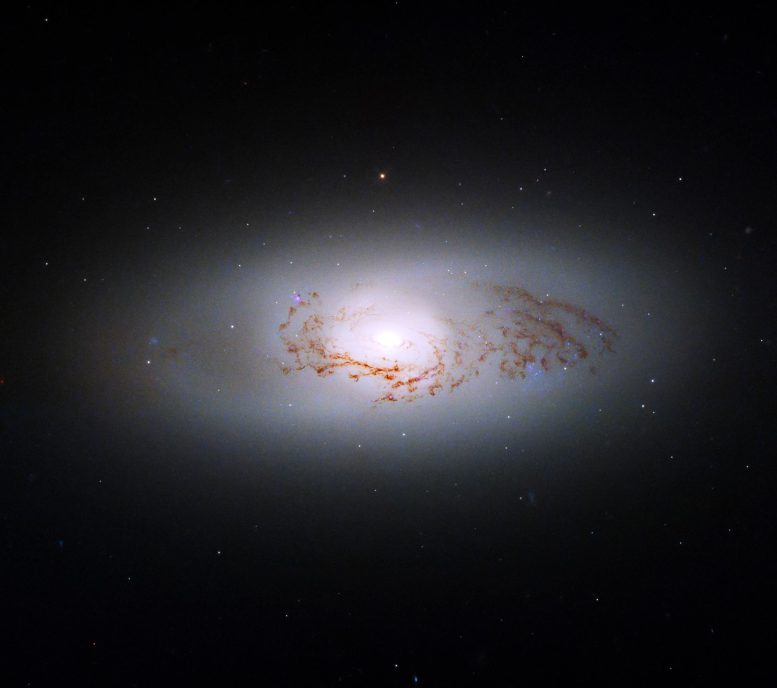
The Hubble Space Telescope has taken an image of NGC 3489, a lenticular galaxy located approximately 30 million light-years away in the Leo constellation. Lenticular galaxies, such as NGC 3489, exhibit characteristics of both spiral and elliptical galaxies, with a central bulge of densely clustered stars and a thin disk of stars, gas, and dust, but without the distinctive arms of a spiral galaxy. Credit: NASA, ESA, P. Erwin (Max-Planck-Institut fur extraterrestrische Physik), L. Ho (Peking University), and S. Kaviraj (University of Hertfordshire); Processing: Gladys Kober (NASA/Catholic University of America)
NASA’s Hubble Telescope has captured an image of the lenticular galaxy NGC 3489, 30 million light-years away. This galaxy, exhibiting traits of both spiral and elliptical galaxies, houses a Seyfert type active galactic nucleus, allowing its surrounding galaxy to remain visible despite the black hole’s radiation emissions.
This image of the lenticular galaxy NGC 3489 was captured by the Hubble Space Telescope. Lenticular galaxies aren’t quite spiral galaxies or elliptical galaxies. They lie somewhere in between, exhibiting traits of both. Lenticular galaxies have a central bulge of tightly packed stars and a thin, circular disk of stars, gas, and dust, like spiral galaxies, but they lack arms. And like elliptical galaxies, lenticular galaxies have older stellar populations and little ongoing star formation.
NGC 3489 has an active galactic nucleus, or AGN. The AGN sits at the center of the galaxy, is extremely bright, and emits radiation across the entire electromagnetic spectrum as the black hole devours material that gets too close to it.
This lenticular galaxy is a Seyfert galaxy, which is a class of AGN that is dimmer than other types of AGNs. They generally don’t outshine the rest of the galaxy, so the galaxy surrounding the black hole is clearly visible. Other types of AGNs emit so much radiation that it is almost impossible to observe the host galaxy.
NGC 3489 is about 30 million light-years away in the constellation Leo.


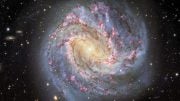
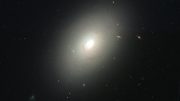


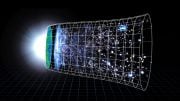
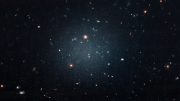
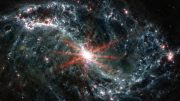
Be the first to comment on "Hubble’s Stunning Glimpse Into a Rare Galactic Hybrid"